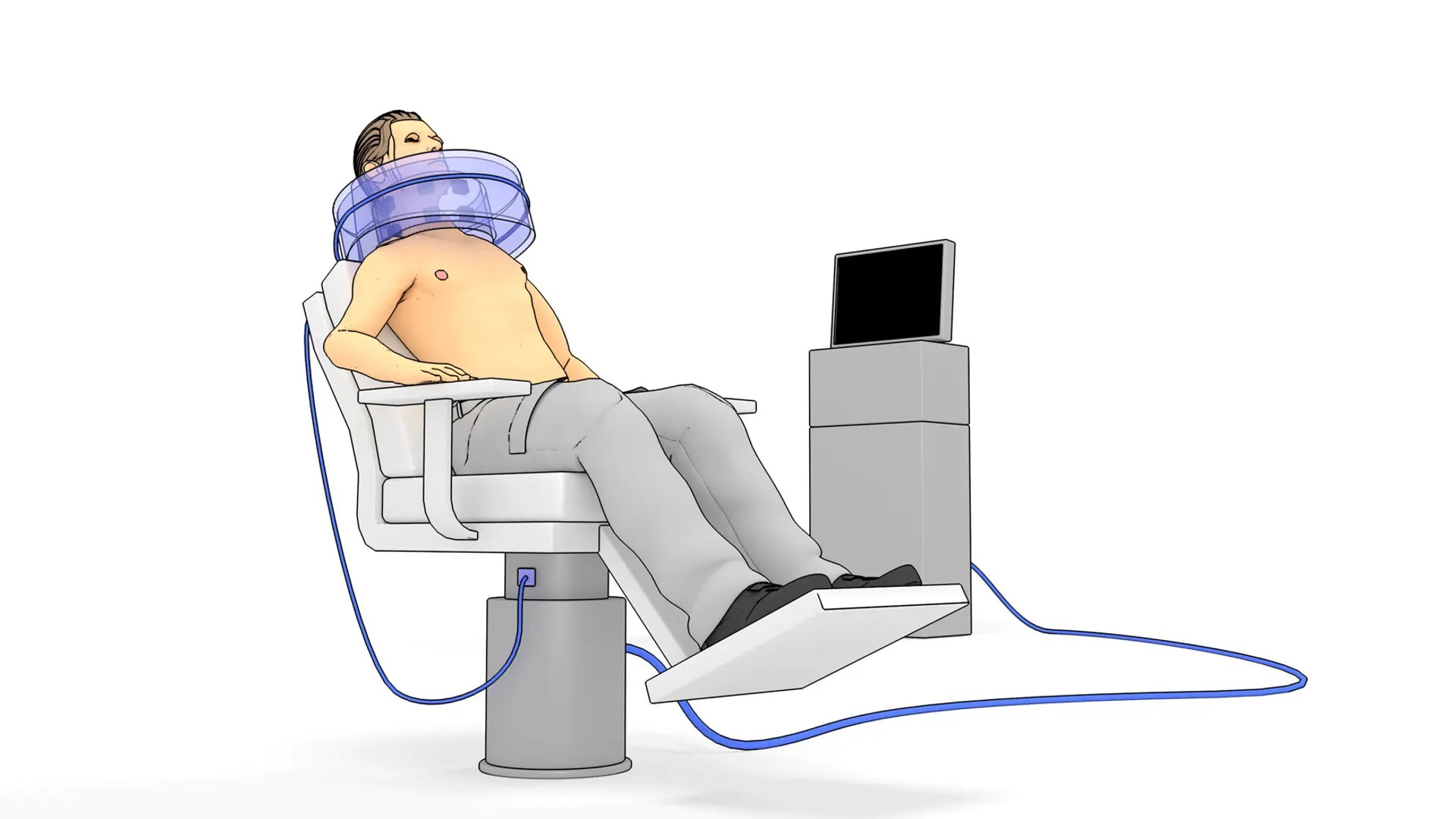
Within the Biomedical Electromagnetics research group, new and more efficient medical technology methods and systems based on microwave technology are developed for both diagnostics and treatment of certain states of diseases.
Our research aims to develop more effective tools to combat some of our major public diseases. By increasing patients' quality of life and survival, while minimizing the total cost of care, research can make a significant difference. The microwave technology we use often enables portable systems at relatively low cost, which increases the availability of advanced diagnostics and enables better care.
The research is particularly useful for those who need improved care and contributes with solutions to major clinical challenges in areas such as stroke, trauma, breast cancer diagnostics, diagnostics of muscle tears caused by athletes and cancer treatment through microwave treatment of tumors. We also develop biomedical applications of radar technology to study walking patterns and detect vital parameters from a distance, which can be used to, for example, alert in the event of a fall and predict the risk of falling in the elderly and sick.
Our research creates better, cheaper, safer and more accessible technology for diagnostics and treatment. This can lead to improved care and thus higher care and quality of life. We also contribute to solving societal challenges by offering technical solutions to maintain and improve the quality of care, at a time when healthcare costs are increasing in society and staff shortages in hospitals are increasing.
Our solutions also help improve care in ways that have the potential to save rehabilitation costs. Faster care of stroke and trauma patients leads to faster rehabilitation and thus lower costs. Better prediction of fall risks in the elderly and those who are sick also leads to savings in care and rehabilitation.
Going forward, we want to work more with clinical trials and clinical development of the various techniques. We are one of the parties in SahlBEC lab, which is a collaboration between Chalmers. Sahlgrenska academy and Sahlgrenska hospital where we have the opportunity to work with our techniques in clinical research. The goal is to make the technology available for use in regular care. We contribute to nurturing the next generation of engineers by supervising many bachelor's and master's projects that directly contribute to the development of microwave technology. We also actively participate in the development of the civil engineering program in medical technology.
Some particularly important research areas within our unit include the development of antennas and antenna systems, algorithms for signal processing and interpretation of measurement data, including using AI methods and image reconstruction. We also work with algorithms to calculate optimal focusing during heat treatment (hyperthermia treatment) of tumors, as well as temperature modeling. In addition, we develop algorithms to interpret gait patterns and determine vital parameters from radar sensor data. We build and test prototype systems and participate in clinical studies.
